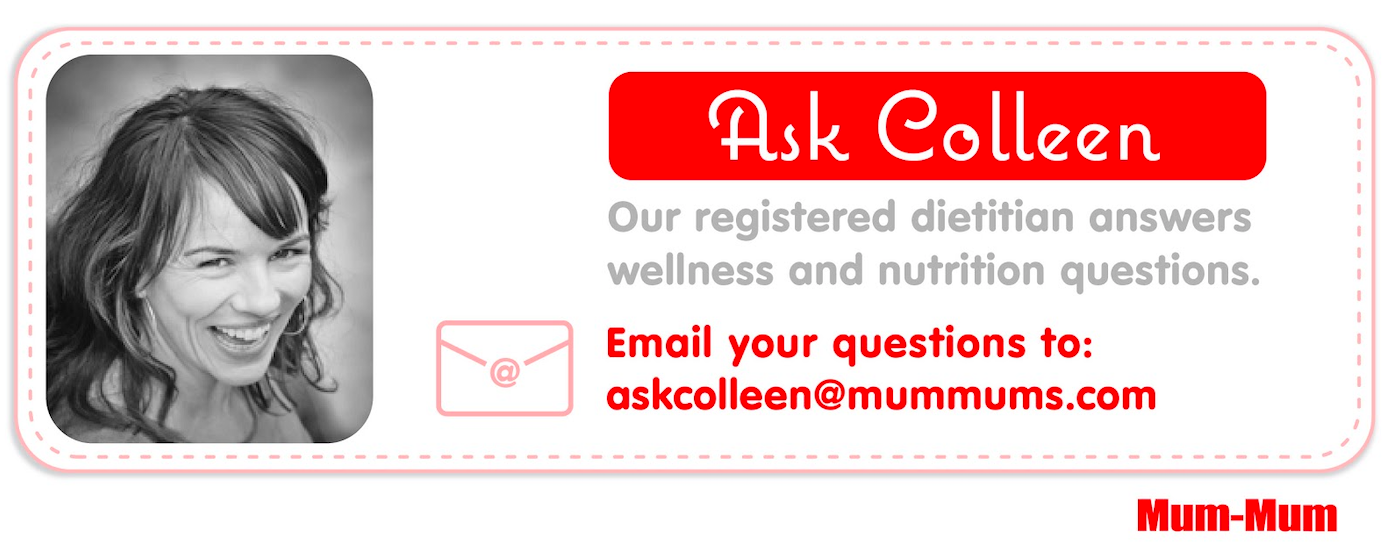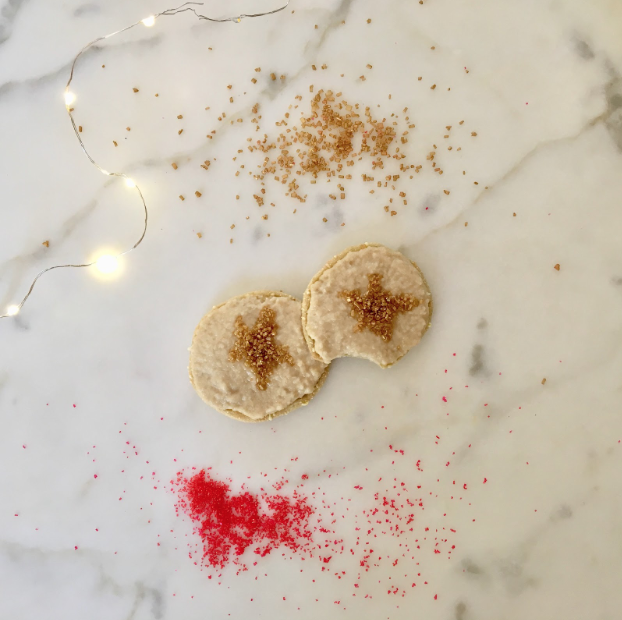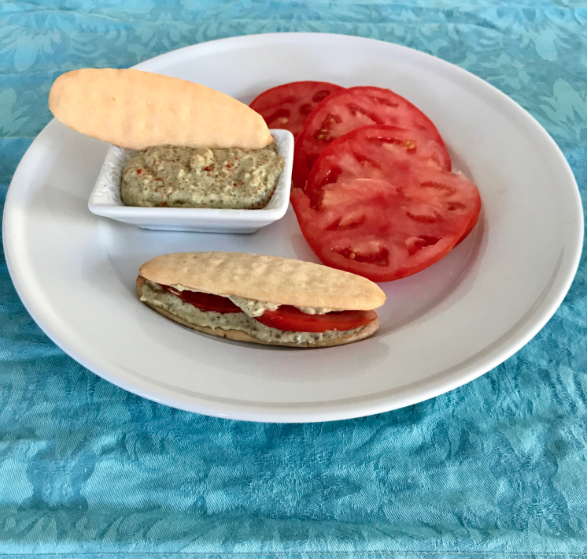For all of 2018, our registered dietitian Colleen will be answering your health and wellness questions. New questions and answers every month!
Q: What is the difference between a probiotic and a prebiotic?
A: Probiotics are “good” bacteria that aid in keeping your digestive system healthy by preventing the growth of harmful bacteria. Probiotics are found naturally in most cultured foods (like yogurts) and a variety of probiotic supplements are available.
Prebiotics are strains of carbohydrates found in everyday foods that cannot be digested by the body, making their way to the intestines serving as fuel for probiotics to keep up a healthy ratio of good vs. bad bacteria in the gut. Examples of foods that include prebiotics are apples, bananas, asparagus, and whole grains.
Q: I have 2 little ones and have a hard time planning a healthy meal for myself. Is there a simple step I can take to start improving my diet right away?
A: Yes! Instead of thinking about what to take out of your diet, start by adding more veggies to your everyday meals – it’s easier than you think, and one of the healthiest things you can do for your body. Aim for 5-7 servings of veggies, so instead of meal planning per se, ask yourself: Where am I going to get in my veggies today? Don’t be afraid to utilize frozen veggies, or pre-prepped veggies from the store. Here are few examples:
- Add a few handfuls of baby spinach whenever you’re reheating leftovers (it wilts to such a small amount when heated)
- Add greens to smoothies
- Sauté pre-cut veggies and add to soups
- Add frozen veggies to pasta sauce (you can also puree the veggies and sauce to disguise)
- Toss a pre-washed salad onto your dinner plate









Be the first to comment